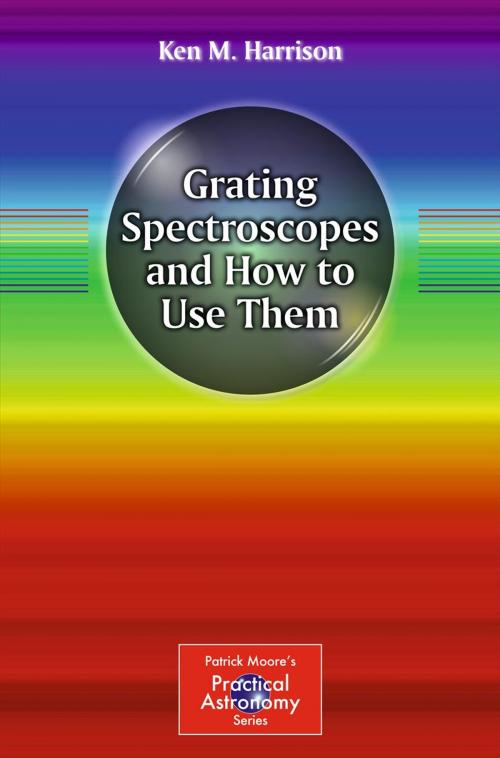Grating Spectroscopes and How to Use Them
Nonfiction, Science & Nature, Science, Physics, Spectrum Analysis, Astronomy| Author: | Ken M. Harrison | ISBN: | 9781461413974 |
| Publisher: | Springer New York | Publication: | March 2, 2012 |
| Imprint: | Springer | Language: | English |
| Author: | Ken M. Harrison |
| ISBN: | 9781461413974 |
| Publisher: | Springer New York |
| Publication: | March 2, 2012 |
| Imprint: | Springer |
| Language: | English |
Grating Spectroscopes and How to Use Them is written for amateur astronomers who are just getting into this field of astronomy. Transmission grating spectroscopes look like simple filters and are designed to screw into place on the eyepiece of a telescope for visual use, or into the camera adapter for digicam or CCD imaging. Using the most popular commercially made filter gratings – Rainbow Optics (US) and Star Analyzer (UK) – as examples, this book provides the reader with information on how to set up and use the grating one needs to obtain stellar spectrograms. It also discusses several methods on analyzing the results. This book is written in an easy to read style, perfect for getting started on the first night using the spectroscope, and specifically showing how the simple transmission filter is used on the camera or telescope. No heavy mathematics or formulas are involved, and there are many practical hints and tips – something that is almost essential to success when starting out. This book helps readers to achieve quick results, and by following the worked examples, they can successfully carry out basic analysis of the spectra.
Grating Spectroscopes and How to Use Them is written for amateur astronomers who are just getting into this field of astronomy. Transmission grating spectroscopes look like simple filters and are designed to screw into place on the eyepiece of a telescope for visual use, or into the camera adapter for digicam or CCD imaging. Using the most popular commercially made filter gratings – Rainbow Optics (US) and Star Analyzer (UK) – as examples, this book provides the reader with information on how to set up and use the grating one needs to obtain stellar spectrograms. It also discusses several methods on analyzing the results. This book is written in an easy to read style, perfect for getting started on the first night using the spectroscope, and specifically showing how the simple transmission filter is used on the camera or telescope. No heavy mathematics or formulas are involved, and there are many practical hints and tips – something that is almost essential to success when starting out. This book helps readers to achieve quick results, and by following the worked examples, they can successfully carry out basic analysis of the spectra.















